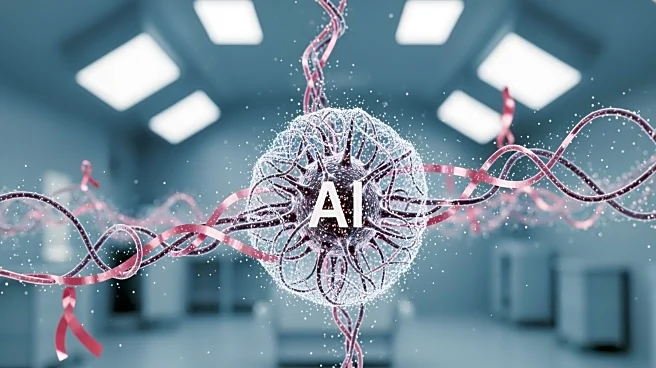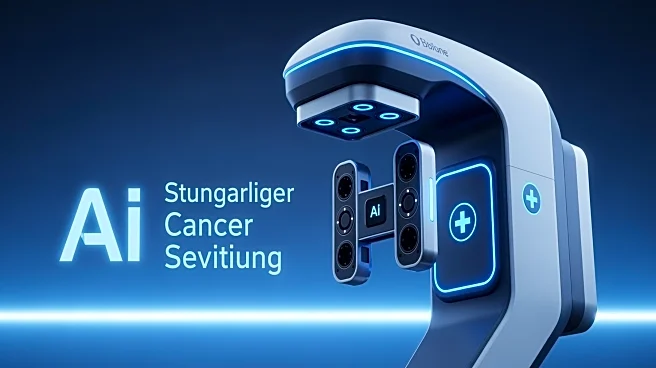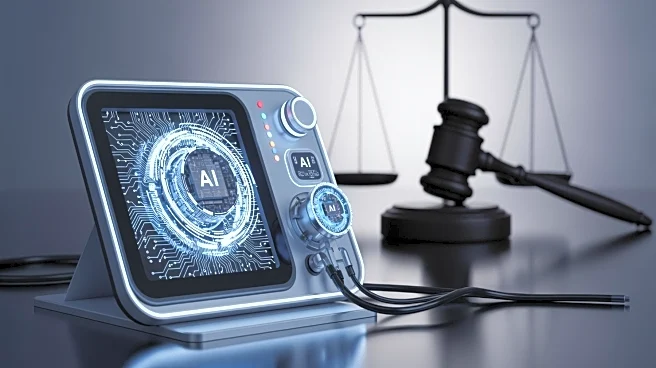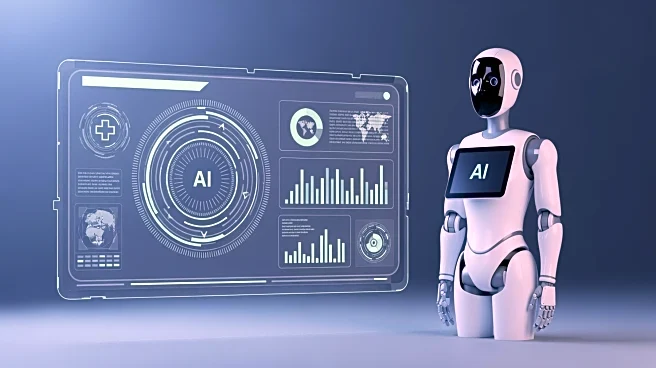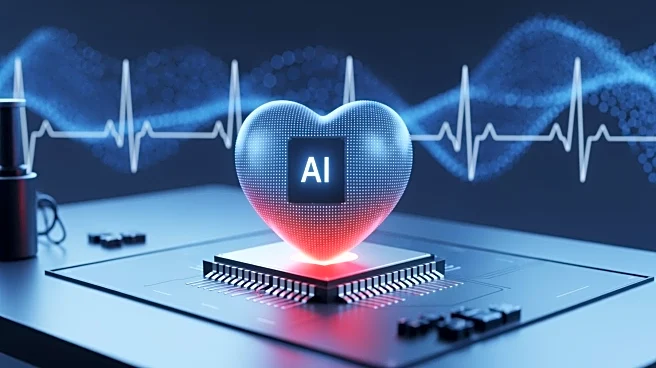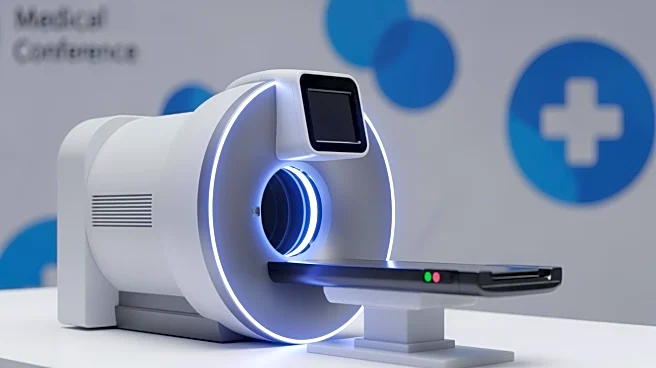What's Happening?
Doctors are increasingly using artificial intelligence (AI) to enhance mammogram readings, aiming to predict breast cancer risk factors in women. Breast cancer remains the second-leading cause of cancer deaths
among women, with approximately one in eight women diagnosed in their lifetime. Dr. Connie Lehman, founder of Clarity, discussed the first FDA-authorized AI platform designed to predict a woman's five-year risk of developing breast cancer. This technology not only aids in early detection but also provides a proactive approach to managing potential risk factors.
Why It's Important?
The integration of AI in healthcare, particularly in cancer detection, represents a significant advancement in medical technology. By predicting risk factors, healthcare providers can offer personalized monitoring and preventive strategies, potentially reducing the incidence and mortality rates associated with breast cancer. This development could lead to more efficient resource allocation in healthcare systems and improve patient outcomes. Women at higher risk can benefit from earlier interventions, which may include lifestyle changes or more frequent screenings.
What's Next?
As AI technology continues to evolve, its application in healthcare is expected to expand. Future developments may include more comprehensive risk assessment tools and integration with other diagnostic methods. Healthcare providers and policymakers will likely focus on ensuring equitable access to these advanced technologies, addressing potential disparities in healthcare delivery. Continued research and development in AI-driven diagnostics could further revolutionize cancer care and prevention strategies.
Beyond the Headlines
The use of AI in healthcare raises ethical considerations, particularly regarding data privacy and the accuracy of AI predictions. Ensuring that AI systems are transparent and that patient data is securely managed will be crucial. Additionally, the reliance on AI could shift the role of healthcare professionals, emphasizing the need for ongoing training and adaptation to new technologies.
